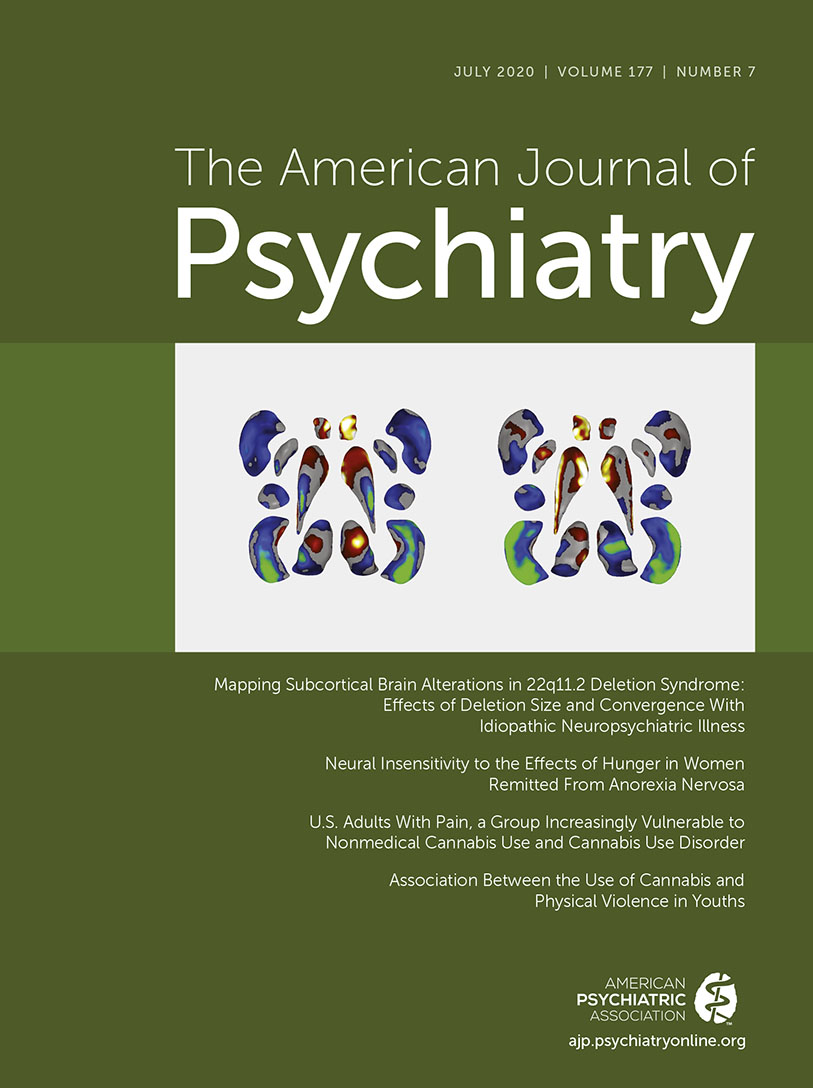U.S. Adults With Pain, a Group Increasingly Vulnerable to Nonmedical Cannabis Use and Cannabis Use Disorder: 2001–2002 and 2012–2013
Abstract
Objective:
Given changes in U.S. marijuana laws, attitudes, and use patterns, individuals with pain may be an emerging group at risk for nonmedical cannabis use and cannabis use disorder. The authors examined differences in the prevalence of nonmedical cannabis use and cannabis use disorder among U.S. adults with and without pain, as well as whether these differences widened over time.
Methods:
Data from the National Epidemiologic Survey on Alcohol and Related Conditions (NESARC, 2001–2002; N=43,093) and NESARC-III (2012–2013; N=36,309) were analyzed using logistic regression. Risk differences of past-year nonmedical cannabis use, frequent (at least three times a week) nonmedical use, and DSM-IV cannabis use disorder were estimated for groups with and without moderate to severe pain, and these risk differences were tested for change over time.
Results:
Any nonmedical cannabis use was more prevalent in respondents with than without pain (2001–2002: 5.15% compared with 3.74%; 2012–2013: 12.42% compared with 9.02%), a risk difference significantly greater in the 2012–2013 data than in the 2001–2002 data. The prevalence of frequent nonmedical cannabis use did not differ by pain status in the 2001–2002 survey, but was significantly more prevalent in those with than without pain in the 2012–2013 survey (5.03% compared with 3.45%). Cannabis use disorder was more prevalent in respondents with than without pain (2001–2002: 1.77% compared with 1.35%; 2012–2013: 4.18% compared with 2.74%), a significantly greater risk difference in the data from 2012–2013 than from 2001–2002.
Conclusions:
The results suggest that adults with pain are a group increasingly vulnerable to adverse cannabis use outcomes, warranting clinical and public health attention to this risk. Psychiatrists and other health care providers treating patients with pain should monitor such patients for signs and symptoms of cannabis use disorder.




